Guide to Camping Gear: Everything you need to know to choose the right one
If you have decided to try camping or simply want to upgrade your equipment, here you will learn everything you need to know.
To choose a camping tent, you should take into account some basic characteristics, such as the type of tent, the size according to the number of people, and the season in which you will use it.
Size:
The size of a tent is usually calculated according to the number of people it will accommodate. It is important to know that the necessary space for one person is calculated as 55x185 cm. If a tent is advertised as a two-person tent, it means that it can definitely fit 2 people, but it is not certain that it can also fit your belongings. If you have a car nearby, then you don't need a larger tent. However, if you plan to camp for many days and it's not convenient to have your belongings in the car, then we recommend choosing a 3 or 4-person tent for comfort.

Types:
Igloo
The Igloo tents are the most common tents. They have poles that are inserted diagonally to create the frame of the tent, allowing it to stand upright. They also have provisions for pegs to secure them to the ground for greater stability, especially in adverse weather conditions. Most of them are double-layered, with the first layer usually made of a perforated fabric or mesh, and the second layer being sturdy, durable, and windproof, sometimes with a sun protection coating.
Pop Up
Pop-up tents have become increasingly popular in recent years due to improvements in materials and their ease of use for simple summer camping. Their main advantage is the quick and easy setup, even for beginners. However, they have some drawbacks, such as being made of single fabric and not being very resistant to strong winds. They are usually not very tall, resulting in limited comfort inside, and when folded, they take up a lot of space and are not recommended for hiking before setting up camp. However, they are an ideal choice for short overnight stays in good weather conditions.
Tunnel
Tunnel tents are ideal for multi-day stays, especially in organized camping sites. They have multiple compartments and, due to their design, are suitable for families who prefer a large tent with separate spaces. However, they require good ground anchoring, as they are affected by winds, especially if they hit from the sides. One major advantage is that they are very spacious, as the side walls are vertical, resulting in a large usable space inside the tent.
Car Roof
If you want to take the camping experience to the next level, you need a car roof tent. It is secured on top of the car's roof rack with 8 or 10 screws, depending on the model, and is quite resistant to winds. The maximum load capacity of the tent differs from the maximum load capacity in motion. In Europe, the maximum allowed weight in motion recommended by manufacturers is usually 75 kg. However, the maximum weight for camping is significantly higher (usually over 200 kg), and it is always specified by the manufacturers. These specific tents are more expensive due to their unique construction, but if you choose 3 or 4-season tents, they are extremely durable in all weather conditions and very stable.
Mountaineering
Mountaineering or geodesic tents have two main characteristics: they are very aerodynamic and extremely lightweight. The poles intersect to create a very stable structure, resistant to strong winds, heavy snowfall, and rain.
Many beach scenes are made of single fabric but are so advanced in technology that they are fully waterproof and at the same time "breathe".
Beach
If you want to go to the beach but you are not a fan of umbrellas, the beach tent will solve your hands! It is a tent that is open from the front, for easy access, but it provides shade and is closed all around to protect you from the wind and possible sandblasting. It is extremely convenient for the beach and you can find it in a pop-up type or with an automatic mechanism so that you don't struggle with poles in the hot sun!
Season of use:
Tents are divided into summer, 3-season (spring, summer, autumn), 4-season, and winter.
Summer tents should have good ventilation and openings to allow air to flow and prevent heat buildup. Higher quality tents offer advanced fabrics that "breathe" and allow moisture and heat to escape. However, keep in mind that no tent can stay cool when exposed to direct sunlight for extended periods of time. Therefore, try to set up your tent in a shaded area, such as under trees or next to a hill. Don't forget that you can use shade tarps for protection from the sun.
3-season tents usually consist of two fabrics. The bottom fabric is usually made of simple mesh, while the outer fabric is sturdier and provides coverage, waterproofing, and protection from wind. If the tent is set up and secured properly, it can withstand even strong winds.
4-season tents can be used from winter to summer, but not in extreme weather conditions such as snowfall or very low temperatures. The fabrics are usually thicker for protection from the cold in winter, but also have openings for air flow in summer. Although they sound tempting, the truth is that a tent for all seasons cannot be as effective as a tent designed for a specific season.
Winter tents are usually geodesic and are aimed at mountaineers. Their fabrics are very durable with insulation for the cold, and very good waterproofing for resistance to heavy rain or snowfall. In addition, their construction is very sturdy to withstand even stormy winds.
What does the waterproof rating indicate in camping tents?
The waterproofing in a tent indicates how much water its outer fabric can repel. It is measured in millimeters (mm) and refers to how many millimeters of vertical water column (and pressure) a square centimeter of fabric can withstand without letting water through.
The higher the waterproof rating, the less breathable the fabric is, and therefore the warmer the tent. The widely used waterproofing values range from 500mm to 10000mm. In theory, any fabric with a waterproof rating >1000mm is considered waterproof. For example, a summer tent may have a waterproof rating of 500 to 1500mm, while a winter tent may have over 3000mm.

Parts
The basic parts of a tent are the inner and outer fabric (if there is one), the poles, the pegs, and the guy ropes.
Many tents have double fabric and their benefits are certainly much more! The inner fabric is usually made of mesh or fabric in specific areas, depending on the season for which it is intended and the infrastructure for the poles to pass through. It is also joined to the base of the tent, which is made of thick, durable material, usually canvas, so that it does not tear easily but also protects against dirt entering the tent. The outer fabric, on the other hand, provides privacy and protection from the weather. It can be waterproof (you will see the degrees of waterproofing above), but it can also provide sun protection.
The poles form the core of the tent and support the fabrics. They are made up of many smaller rods which are joined together with an elastic cord and female connector. They are usually made of fiberglass or aluminum. Aluminum poles are quite lightweight but also more expensive, so they are mainly used in mountaineering geodesic tents.
The pegs are the metal stakes that are hammered into the ground to secure the tent. They come in many different shapes depending on the terrain they are intended for. For example, you need different pegs in soil than in snow or sand where the ground is very soft.
The guy ropes are located on the sides of the tent at reinforced points and their purpose is to stabilize the tent so that the poles do not bend in case of strong wind. We usually tie them to the ground, to pegs or stones, or to trees, thus giving the outer fabric the ability to remain taut and facilitate the passage of air through the tent.
If this information did not cover you, you can also watch the video below to answer all your questions.
- After learning all the features, now read the guide with the best tents on the market!
- Read more: The list of essentials for camping!
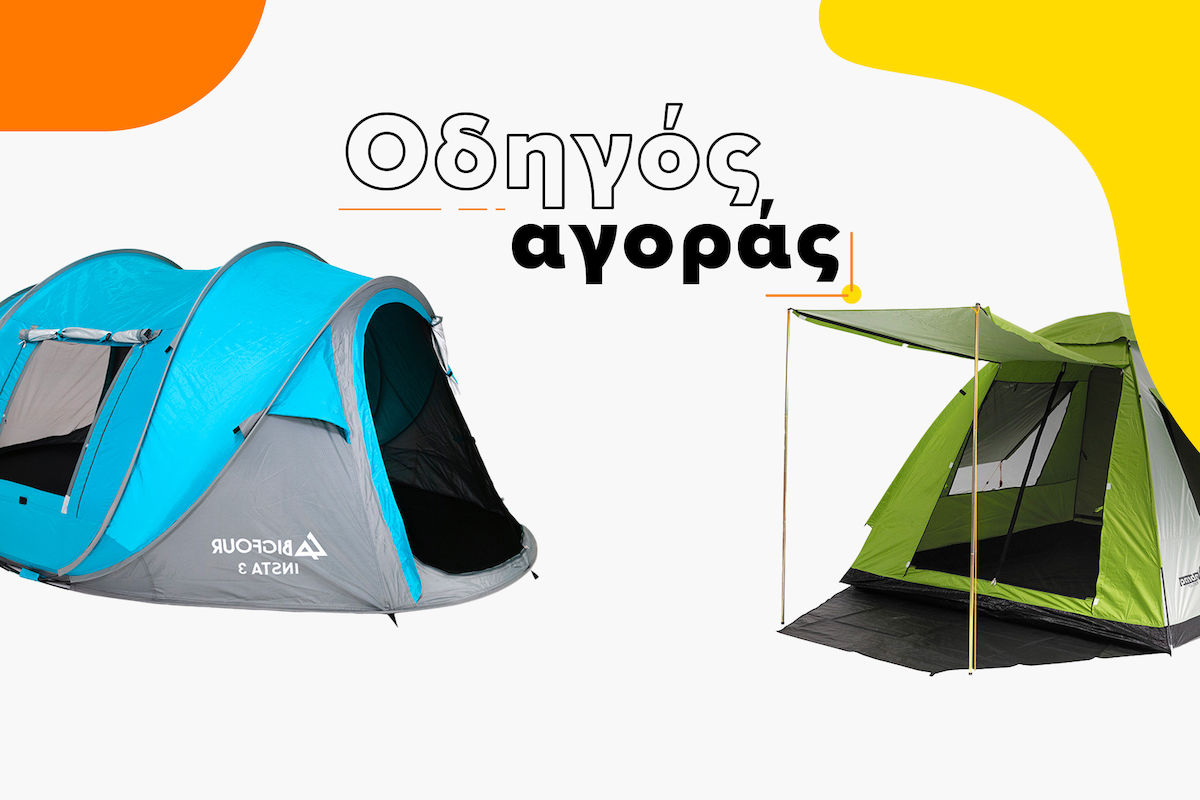










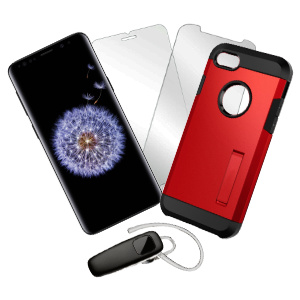

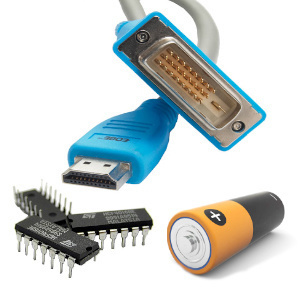

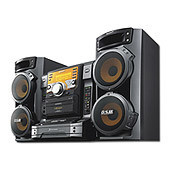
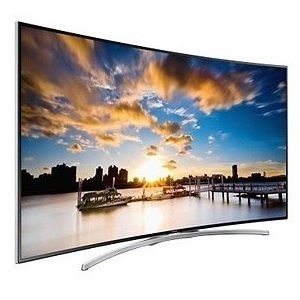
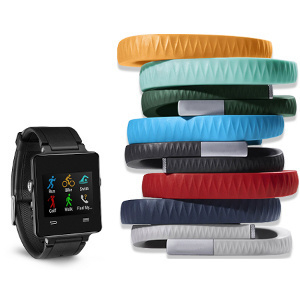
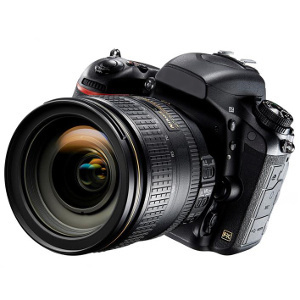
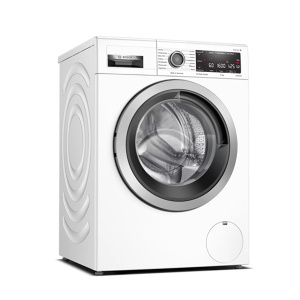
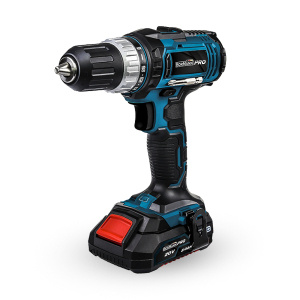
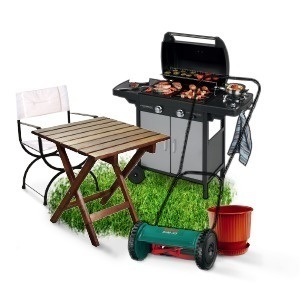


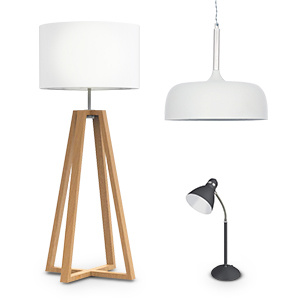
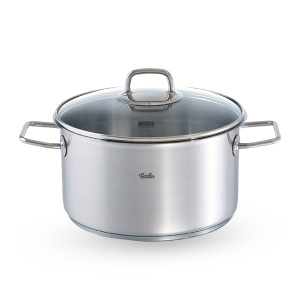


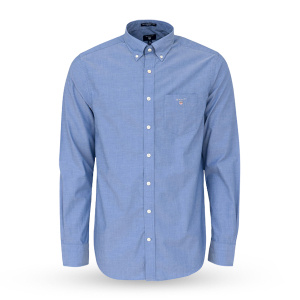
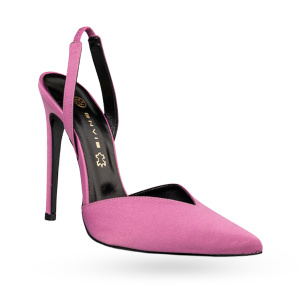
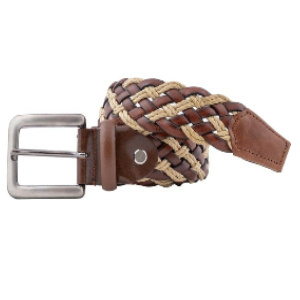

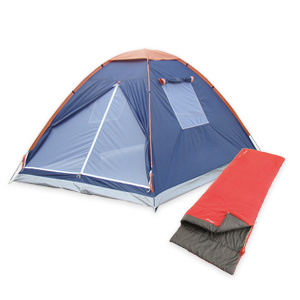



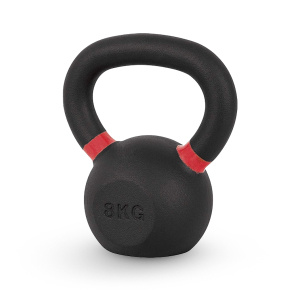
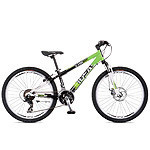

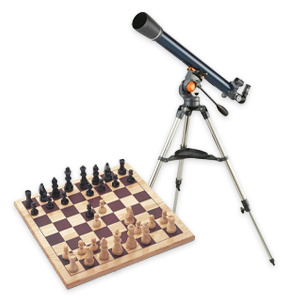


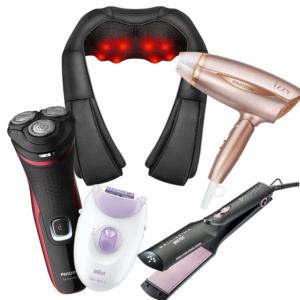
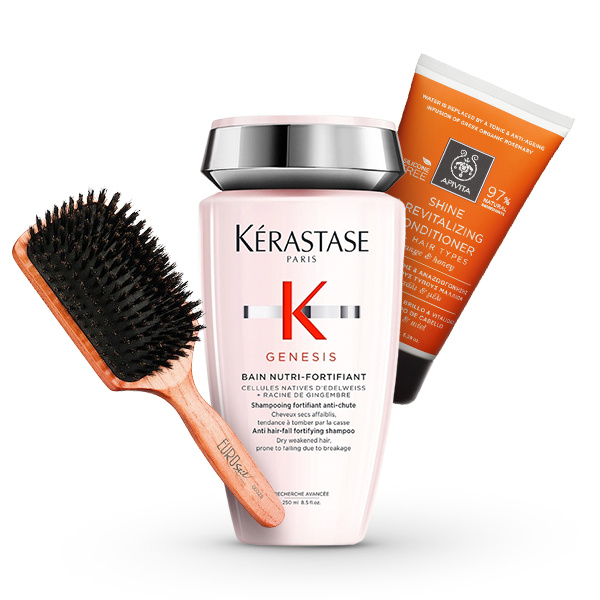

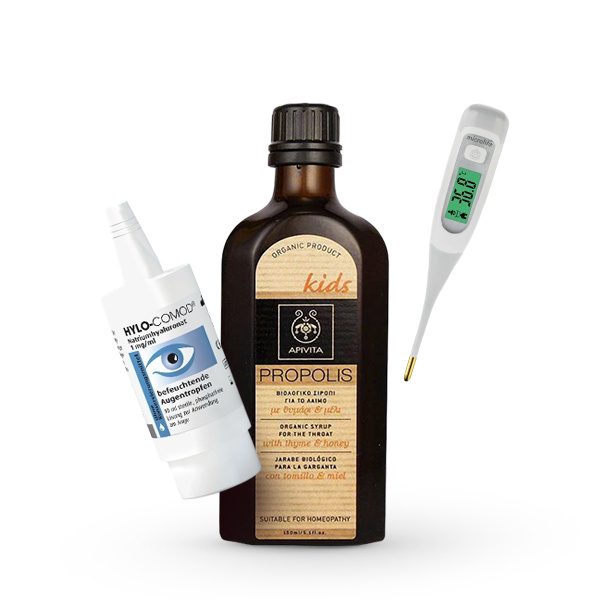
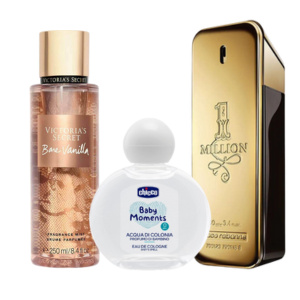
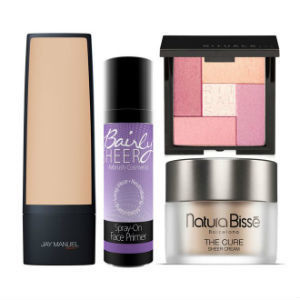
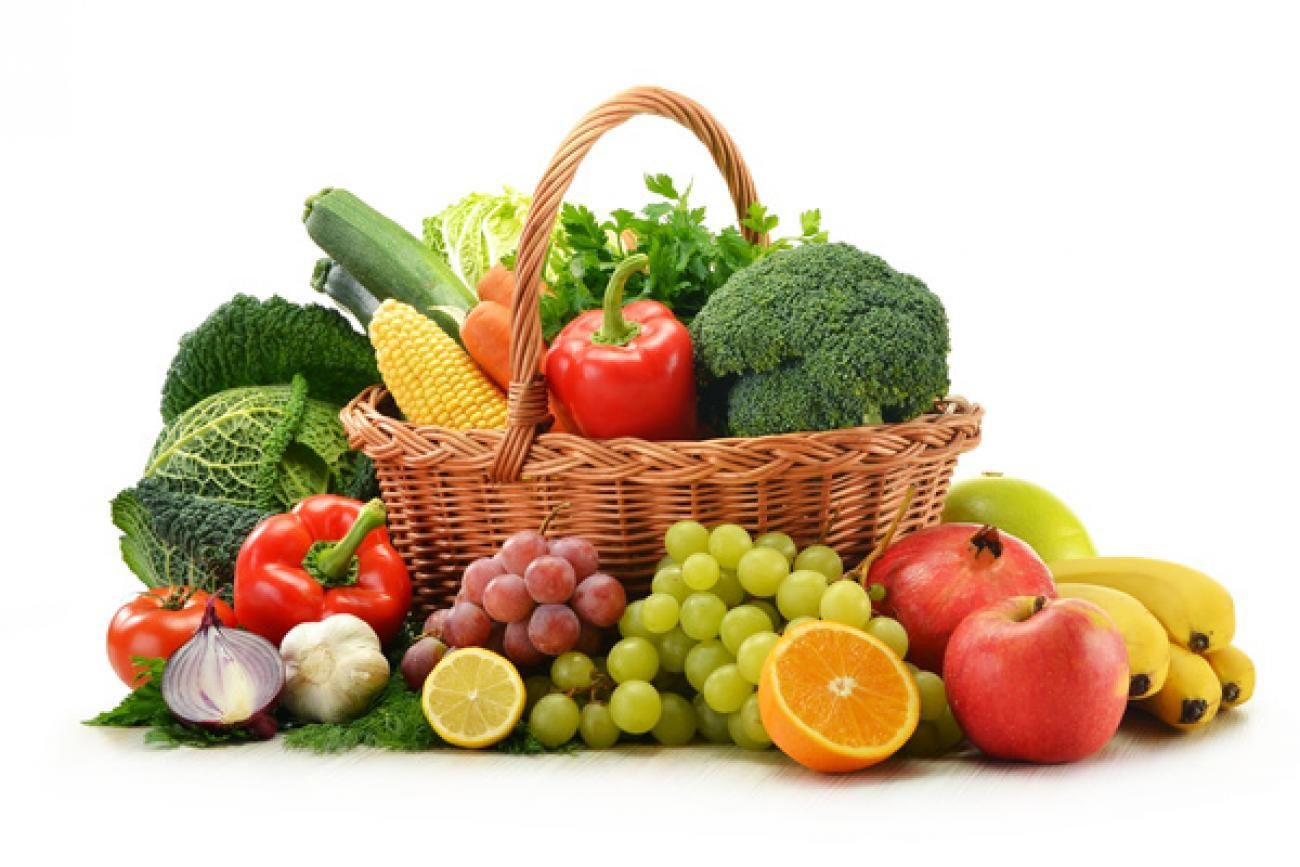
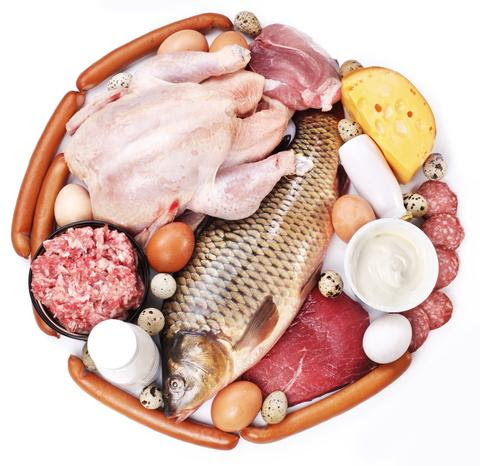
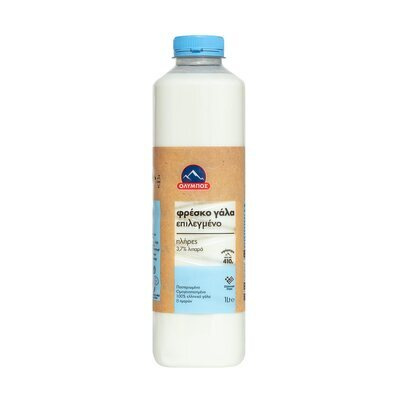
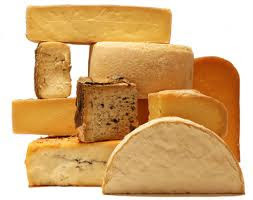

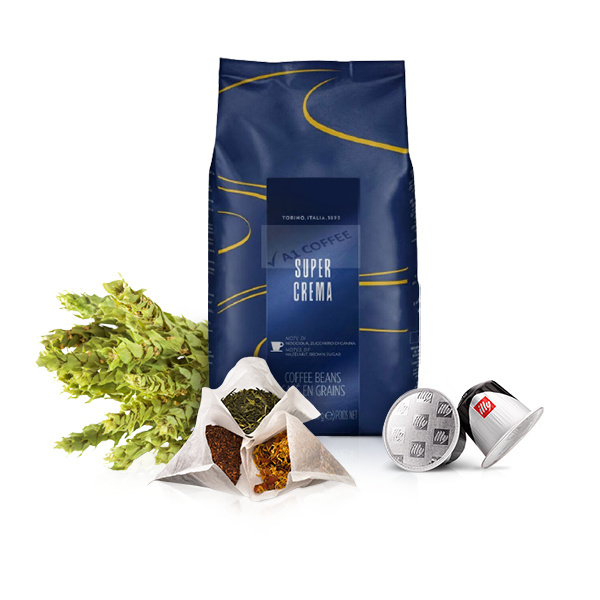



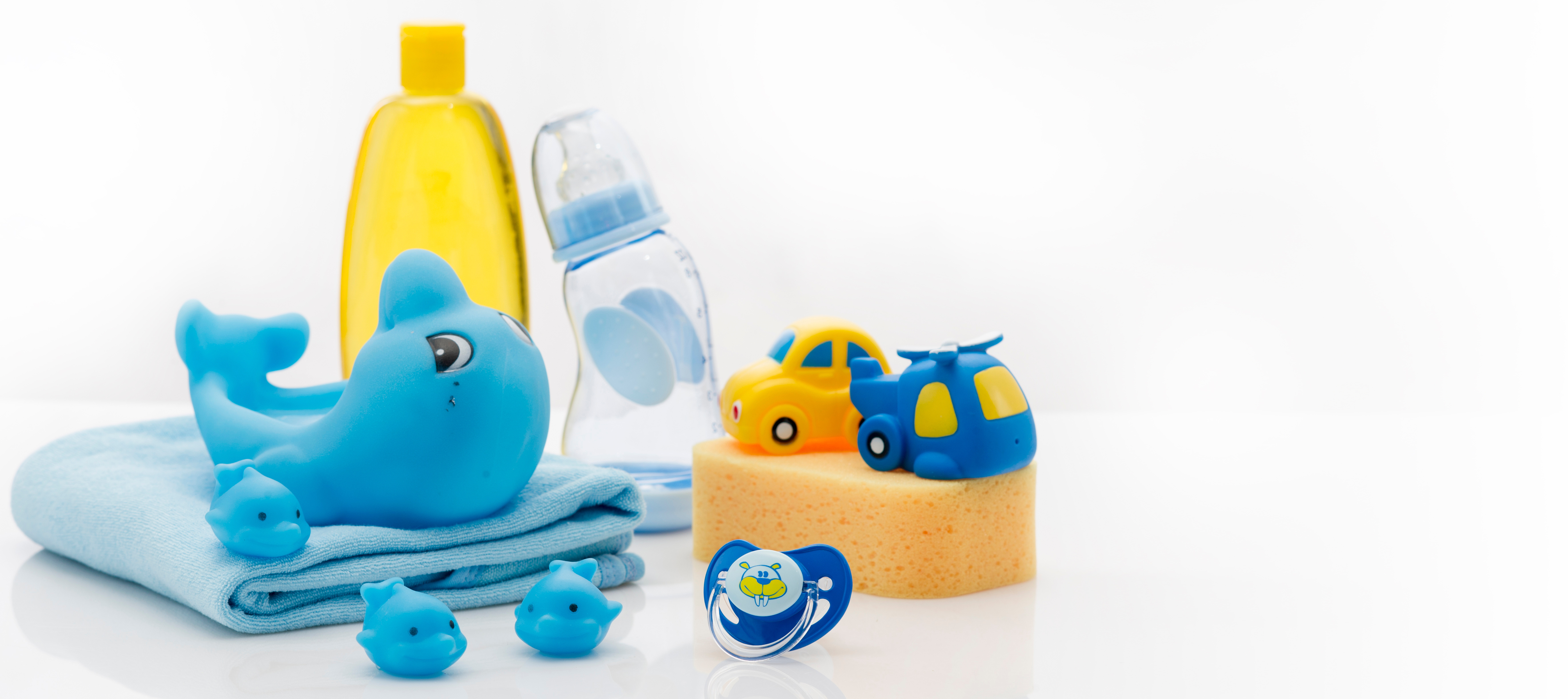
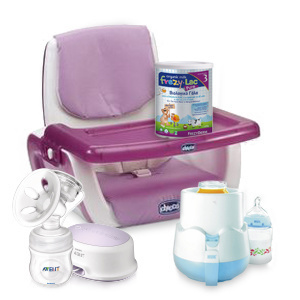
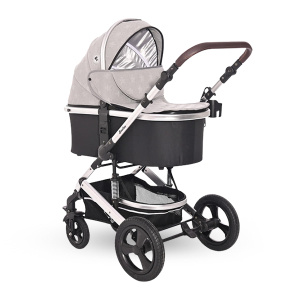

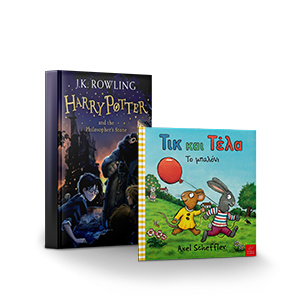

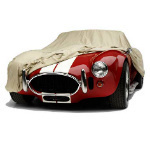
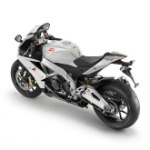


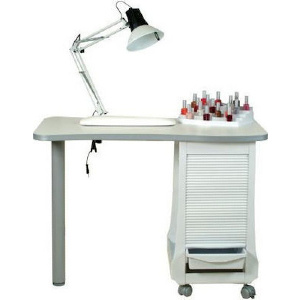
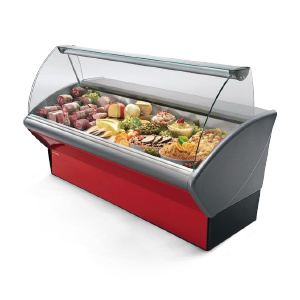

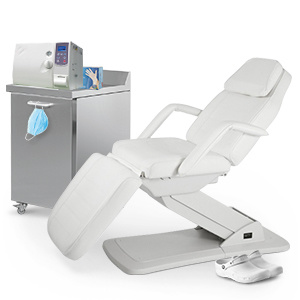
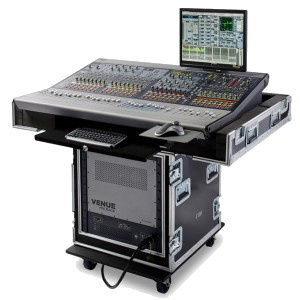
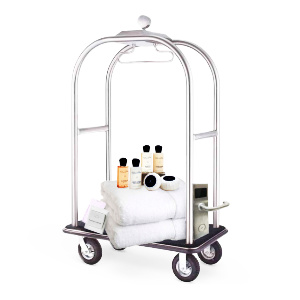








Be the first to leave a comment!